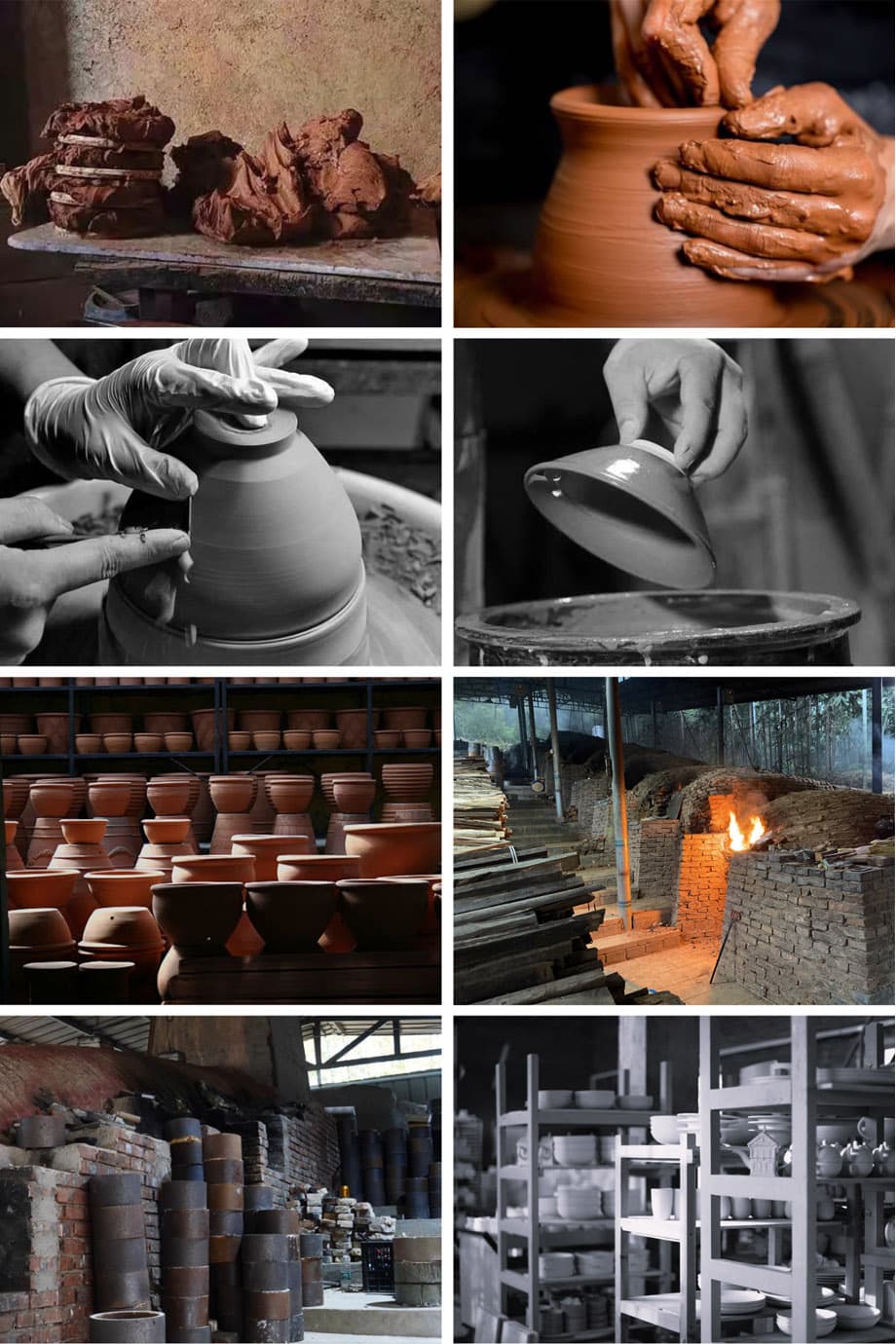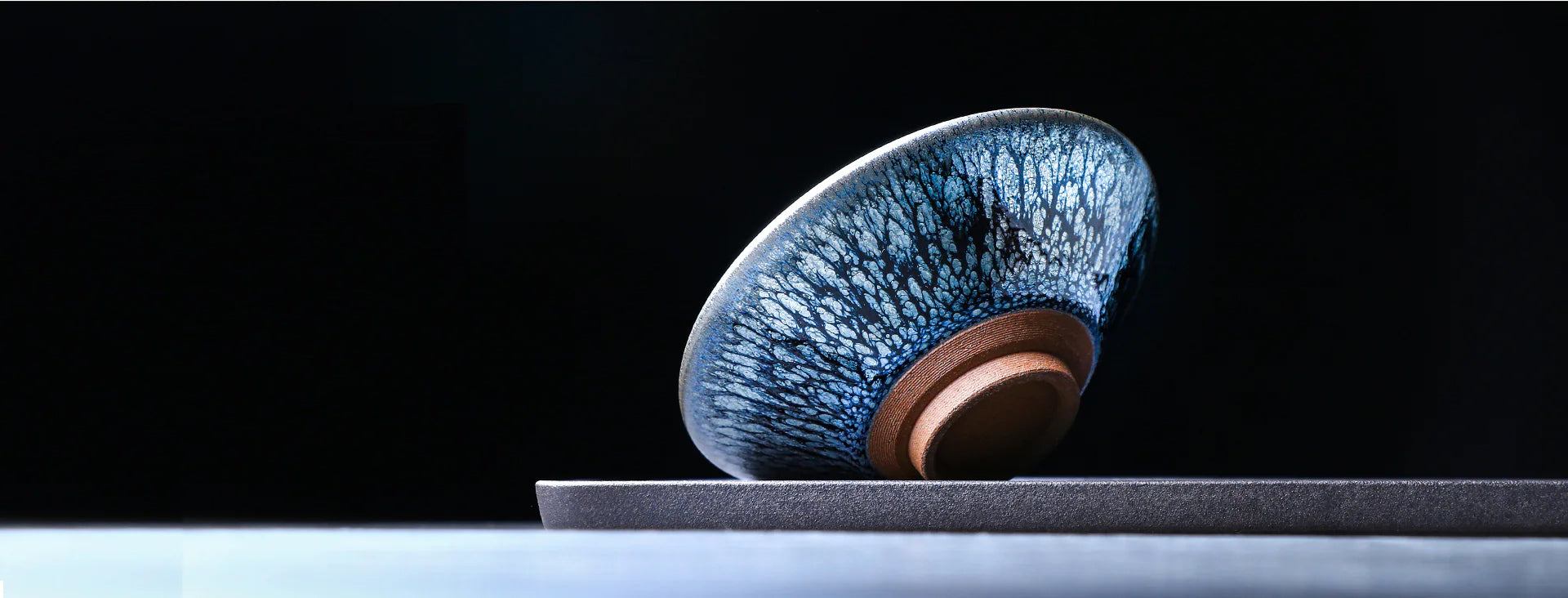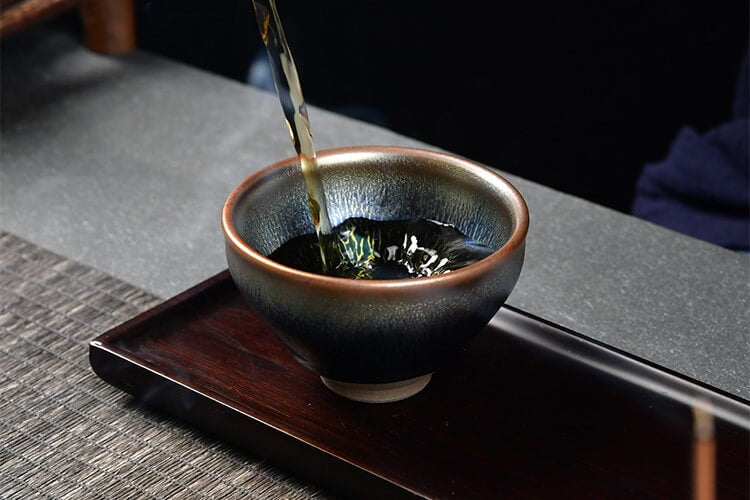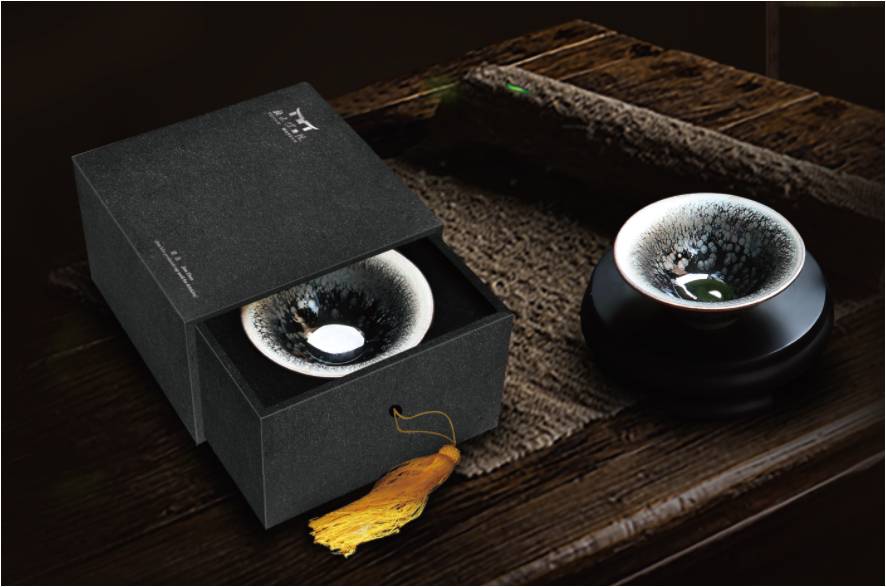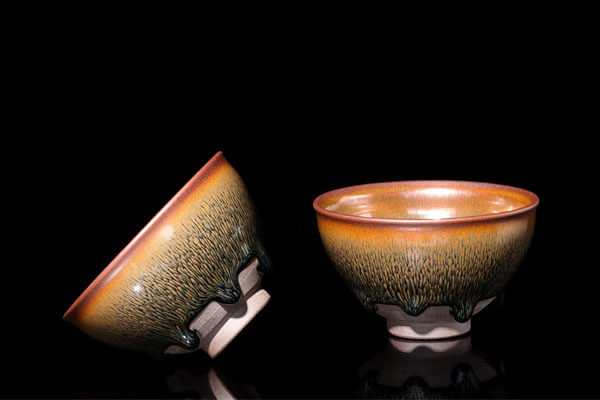2025 Spring "Xiao Tuo - Tie Guan Yin" A Grade TieGuanYin Oolong Tea, XiangHua Town
- Free shipping worldwide
- Tax and import charges included
- First order 10% Off, Code: TMK2025

Starting from 100g, the tea will be vacuum-sealed. Each bag contains 100g.
Crafted from the verdant leaves of the 2025 Spring harvest in the renowned XiangHua Town, this A Grade Tie Guan Yin Oolong, affectionately known as "Xiao Tuo," offers a captivating expression of the varietal.
Positioned uniquely between the lighter "Xiao Qing" and the more distinctly tart "Tuo Suan" styles, "Xiao Tuo" presents a balanced profile. It features a gentle hint of acidity, less pronounced than in "Tuo Suan," making it exceptionally approachable and highly enjoyable for a broad palate while retaining characteristic Tie Guan Yin complexity.
The dry leaf is characterized by tightly rolled, substantial tea threads, exhibiting a visually appealing form.
Upon brewing, the liquor reveals a clear and bright hue, indicative of its quality processing.
The aroma is elegantly floral, interwoven with a delicate sweetness that invites anticipation.
The tasting experience culminates in a clean finish, where a subtle, lingering note of pleasant acidity graces the aftertaste, adding depth and character.
______________________________________
A more comprehensive introduction to Tie Guan Yin.
The authentic origin of Tie Guan Yin is Anxi County in Fujian Province, where it is harvested during four seasons: spring tea, summer tea, autumn tea, and winter tea. Among these, the teas harvested in spring and autumn are of the highest quality. The fragrance of Tie Guan Yin is often referred to as having an orchid aroma.
Tie Guan Yin can be classified into three main flavor profiles:
1. Lightly Fragrant Tie Guan Yin (also known as “Qingxiang” Tie Guan Yin), called “Qingcha” in Anxi.
2. Richly Fragrant Tie Guan Yin (also known as roasted Tie Guan Yin or “Tanbei” Tie Guan Yin), called “Shuhuocha” in Anxi.
3. Aged Tie Guan Yin ("Tie Guan Yin Lao Cha" or simply "Lao Tie"), which has been aged over time.
In the market, the lightly fragrant Tie Guan Yin accounts for 90% of the total circulation. This is mainly because within this category, there are four sub-flavors, each offering a unique sensory and taste experience.
Let’s break down the four subcategories of lightly fragrant Tie Guan Yin:
1. Lightly Fragrant Tie Guan Yin
If you believe that “lightly fragrant” simply refers to the light fragrance, you’re only partially correct. This category is named for its processing method, not just its fragrance. For instance, “Xiaoqing” and “Tuosuan” processes produce teas with very strong aromas. So, it’s important to remember that lightly fragrant Tie Guan Yin refers to the “Qingcha” (light tea) processing method in Anxi.
Due to differences in the fermentation process, this category can be further divided into the following subcategories:
1. Zhengwei
2. Xiaozheng
3. Xiaoqing
4. Tuosuan
These four types are primarily distinguished by their degree of fermentation:
• Zhengwei > Xiaozheng > Xiaoqing > Tuosuan.
Each has its own distinct aroma and taste, which we will now explain in more detail:
1. Zhengwei Tie Guan Yin
Zhengwei has the highest level of fermentation among the four, resulting in a strong aftertaste and durability over multiple brews. It is most suitable for tea drinkers with sensitive stomachs. This method closely resembles the traditional processing technique, where the tea is picked in the morning and roasted the next day.
• Characteristics:
The dry leaves are dark black or yellow-green. The tea soup has a clear fragrance, and the taste is gentle, sweet, and smooth. The aroma spreads from the throat, leaving a lasting sweetness and producing salivation. The tea soup is mild and fragrant, but if you find it too light, it may not suit your taste.
2. Xiaoqing Tie Guan Yin
Xiaoqing refers to a modern processing method where air conditioning is used to cool the leaves and create an ideal environment for oxidation. Fermentation is relatively light.
• Characteristics:
The dry leaves are bright green or dark green and visually appealing. The dry tea has a strong aroma, the tea soup is full-bodied, and the taste is sweeter and more intense than Zhengwei. Many newcomers to Tie Guan Yin enjoy Xiaoqing for its rich aroma and sweet flavor. However, those with sensitive stomachs may find it less suitable.
3. Xiaozheng Tie Guan Yin
Xiaozheng falls between Zhengwei and Xiaoqing in terms of fermentation. It combines the floral fragrance of Zhengwei with the stronger tea liquor of Xiaoqing.
• Characteristics:
The dry leaves are a mix of green and yellow. The aroma is pronounced, the tea soup is relatively strong, and the tea base has a floral scent. Xiaozheng is quite similar to Zhengwei but has a higher aroma and slightly less elegance. The fermentation level is lower than Zhengwei, making the taste slightly less smooth.
4. Tuosuan Tie Guan Yin
Tuosuan refers to tea leaves that are roasted on the third morning after picking, resulting in light fermentation.
• Characteristics:
The dry leaves are large and green, similar to Xiaoqing. The dry tea has a distinct sour aroma, and the tea soup is strong and stimulating, with a noticeable sourness. Those with a less sensitive palate may prefer this over Zhengwei, but the light fermentation can cause acid reflux in some tea drinkers, so it’s not recommended for those with sensitive stomachs.
2. Richly Fragrant Tie Guan Yin (Tanbei or Shuhuo Tea)
After discussing lightly fragrant Tie Guan Yin, let’s move on to the second major category: richly fragrant Tie Guan Yin.
First, let’s clarify a common misconception: “richly fragrant” does not necessarily refer to a strong aroma. This tea is made by roasting lightly fragrant Tie Guan Yin at high temperatures to further enhance the flavor.
• Characteristics:
After roasting, the tea leaves take on various shades of yellow or black. The aroma includes a distinctive charcoal scent, with variations depending on the roasting level. The flavor is somewhat similar to Yancha (rock tea), with notes of charcoal, rice, and honey, though it still has its unique characteristics.
Subcategories of Richly Fragrant Tie Guan Yin:
• Light Roast
• Medium Roast
• Heavy Roast
The roasting intensity affects both the color and flavor of the tea, with heavy roast teas becoming darker and tasting more like charred flavors.
3. Aged Tie Guan Yin
Aged Tie Guan Yin refers to tea that has been properly sealed and stored for more than ten years, allowing it to undergo natural aging under optimal conditions. It is important to note that not all tea can become aged tea—high quality and proper storage are essential.
• Characteristics:
Aged Tie Guan Yin has a charcoal fragrance and a mellow, thick taste, with hints of herbal sweetness and a smooth, rich texture in the tea soup.
Free shipping
Delivery Time:
Delivery time = Process time + Shipping time
1). Process Time:
Processing Time: 1-3 days
2). Shipping Time:
Standard Shipping: 8-15 business days.
Express Shipping: 5 -7 business days.
Some special countries will take more time. Learn more: Shipping Info.
Our Guarantee:
We accept returns within 30 days of receiving your package.
Learn more about our Return Policy.


















